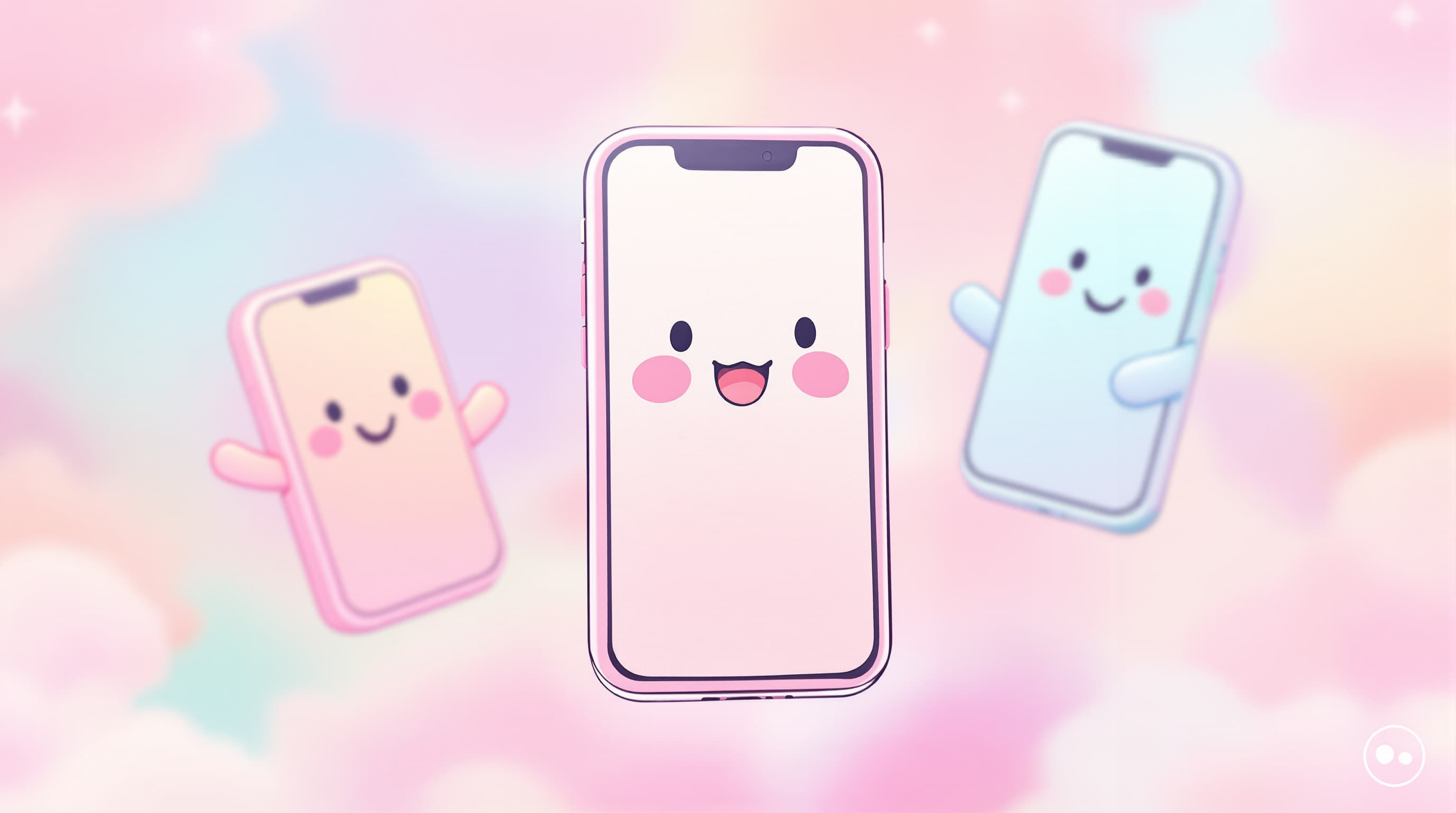Beyond Customization: Trends Shaping the Future of Form Design


In a world where user experience is paramount, form design has emerged as a vital component of digital interaction. As businesses and individuals strive to create seamless experiences, the evolution of form design has moved beyond mere customization. Today, the focus is on harnessing emerging trends to craft forms that are not only functional but also engaging and intuitive. This blog post delves into these trends, providing insights and actionable strategies to elevate your form design to new heights.
Why Form Design Matters
Forms are often the first point of interaction between a user and a brand. Whether you're collecting data for a survey, gathering feedback, or facilitating a signup process, the design of your form can significantly impact user experience and conversion rates. A well-designed form is not just a tool for data collection; it’s an embodiment of your brand’s values and user-centric approach.
The Benefits of Advanced Form Design
- Enhanced User Engagement: Forms designed with the user in mind can improve engagement and decrease abandonment rates.
- Increased Conversion Rates: Optimized forms can lead to higher completion rates, directly impacting business growth.
- Brand Consistency: Cohesive form design reinforces brand identity and trust.
- Data Accuracy: Intuitive forms reduce errors, ensuring the reliability of collected data.
Emerging Trends in Form Design
1. Personalization Through AI
Artificial intelligence is revolutionizing form design by enabling personalized user experiences. AI algorithms can analyze user behavior and preferences to tailor forms in real-time, offering a unique path tailored to each individual.
- Dynamic Content Adaptation: Use AI to adjust questions based on previous answers, ensuring relevance and reducing form fatigue.
- Predictive Text and Autocomplete: Implement AI-driven suggestions to speed up the input process and minimize errors.
2. Voice-Activated Forms
As voice-assisted technology becomes more prevalent, integrating voice commands into form design is gaining traction. Voice-activated forms cater to users seeking hands-free interaction, particularly on mobile devices.
- Seamless Integration: Ensure compatibility with popular voice assistants like Alexa and Google Assistant.
- Accessibility: Enhance accessibility for users with disabilities, expanding your audience reach.
3. Gamification Elements
Incorporating game-like elements into forms can transform a mundane task into an engaging experience. Gamification increases user motivation and satisfaction, encouraging form completion.
- Progress Bars and Rewards: Use visual cues to show progress and offer incentives for completing sections.
- Interactive Elements: Include quizzes or mini-games to break monotony and maintain interest.
4. Minimalist and Clean Aesthetics
The trend toward minimalism continues to influence form design. A clean, uncluttered interface guides the user’s focus, reducing cognitive load and enhancing usability.
- Whitespace Utilization: Leverage whitespace to create a balanced layout that highlights key elements.
- Simplified Questions: Use straightforward language and avoid jargon to ensure clarity.
5. Biometric Authentication
Security is a top priority for users, especially when sharing sensitive information. Biometric authentication adds an extra layer of security while simplifying the login process.
- Fingerprint and Facial Recognition: Allow users to authenticate through biometric data, streamlining access and enhancing security.
- Privacy Assurance: Clearly communicate how biometric data will be used and stored to build trust.
Implementing Advanced Form Design
To effectively incorporate these trends into your form design, consider the following steps:
- Assess Your Current Forms: Analyze existing forms to identify areas for improvement in terms of user engagement and completion rates.
- Choose the Right Tools: Select form-building platforms, like Ezpa.ge, that offer advanced features such as AI integration and voice activation.
- Test and Iterate: Regularly test your forms with real users to gather feedback and make necessary adjustments.
- Focus on Mobile Optimization: Ensure your forms are fully responsive and optimized for mobile devices, as a significant portion of users will interact with your forms on smartphones or tablets.
- Prioritize Security: Implement essential security measures, including SSL encryption and biometric options, to protect user data.
The Future Awaits
The future of form design is rife with possibilities. By embracing these trends, you can create forms that not only serve their functional purpose but also enhance user experience and drive meaningful engagement.
A New Era of Form Design
As we look ahead, the integration of technology and user-centric design principles will continue to redefine what’s possible. Form design is no longer just about collecting data; it’s about creating a meaningful interaction that reflects your brand's dedication to innovation and user satisfaction.
Take Action Today
Ready to transform your forms? Start by evaluating your current form strategy and exploring tools like Ezpa.ge to implement the latest trends in form design. By staying ahead of the curve, you’ll ensure your forms are not only effective but also a reflection of your commitment to excellence.
Embrace the future of form design today and watch as your engagement and conversion rates soar. Let’s create forms that captivate and inspire, one interaction at a time.


